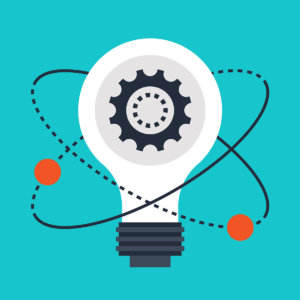R&D, Meet E&S (Experiment & Scale)
Fast, iterative “virtual research centers” are edging out traditional approaches to R&D.
Topics
Frontiers
As Internet-driven apps began to overwhelm packaged software business models, Intuit founder Scott Cook painfully, but successfully, reengineered his multi-billion-dollar company’s culture around design experimentation. In fact, he became an experimentation evangelist.
Cook says he “wondered why Google beat Yahoo! at search,” until “a Yahoo! executive told me that Google succeeded by installing the system and culture to decentralize decision-making” and change it to decision-by-experiment.
A few years ago, Google said it ran 3,000 to 5,000 search experiments a year — when you use Google, you are a part of those experiments. Today, that number may be at least 10 times higher.
Cook explicitly links a culture of experimentation to empowerment. A great business experiment has to inspire the same degree of top-management enthusiasm and engagement as a great business plan. Instead of running experiments that validate existing plans and analyses, see them as methods to acquire creative insight and information. That’s when the “a-ha moment” occurs.
When Google engineers have an idea, they don’t need approval to pursue it; they let the experiment make the decision. Google understands that innovators want to take their idea, build it, and see it work.
In today’s real-time, online environment, good ideas matter less; testable hypotheses matter more. Tomorrow’s innovations and strategies will increasingly be the products — and byproducts — of real-time experimentation and testing.
Since the 2001 popping of the Internet bubble, digital networks have successfully evolved into virtual research centers, laboratories, and design studios for entrepreneurs and enterprises to field-test hypotheses that typically required dedicated teams and facilities. As a result, traditional innovation investment paradigms emphasizing Research & Development (R&D) increasingly yield to practices supporting Experiment & Scale (E&S).
The New Economics of Experimentation
Collaborative, open platforms radically reduce cost, risk, and time required to productively run business experiments. Crucially, networked experiments — always ongoing in born-digital enterprises — can swiftly scale into new products, new services, and better user experiences. This effectively converts innovation from long-term, fixed-cost investment to variable or marginal-cost investment. Call it the “exponential economics of networks.”
These new economic models elevate the value of digital experimentation, making it more compelling to mainstream businesses. As experimentation gains acceptance, data-driven top management must re-think innovation opportunity and risk-investment strategies to emulate digital business leaders.

